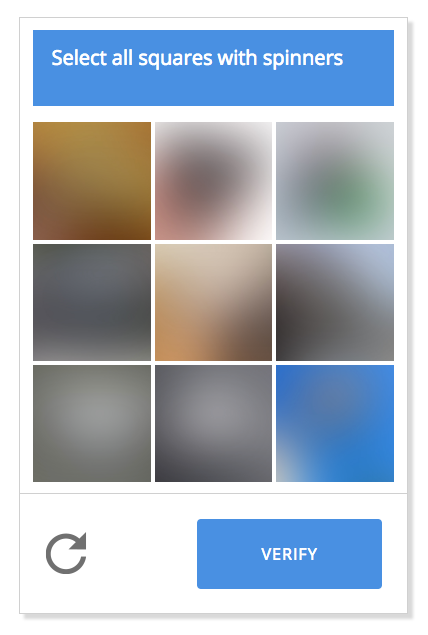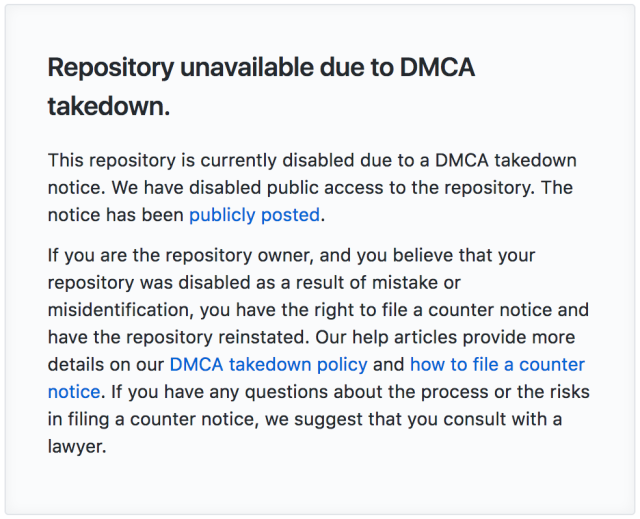The drivers and details behind the growth of cyber warranties, which more businesses are using to guarantee their products.
Solutions providers have started to adopt cyber warranties to stand by the effectiveness of their products and services. As more providers enter the market, warranties could give adopters an edge when selling to a growing pool of security-savvy customers.
“One of the things I came to realize when I was running WhiteHat [Security] is, information security is full of snake oil and lies and deceptions and things like that,” says Jeremiah Grossman, founder of WhiteHat Security and current chief of security strategy at SentinelOne.
At the time, customers had to navigate marketing and buzzwords from different vendors, most of which weren’t willing to stand by their claims to, for example, block APTs and SQL injections. As Grossman puts it, there was nothing he could say, do, or build that competitors couldn’t say they did too — even if they were lying about it.
The challenge drove him to pioneer the concept of cyber warranties, which make solution providers liable for their products and force them to put substance behind their claims.
It started out as a “very novel, very controversial concept,” Grossman says of the early stages. “Nobody wants to make themselves liable or accountable in infosec.” A couple of years ago, nobody was offering warranties. Now, he notes, the trend is moving in the right direction. SentinelOne’s Ransomware Cyber Warranty offers up to $1M in ransomware protection.
What cyber warranties do
Here, it’s important to note the difference between cyber warranties and cyber insurance.
Cyber insurance covers defense costs, settlements, and first-party breach response expenses. It covers customers’ data breach actions or outcomes, such as compromised paper files or lost devices. Coverage kicks in if a covered incident occurs and is reported during a policy period.
A cyber warranty is for all services provided by a solutions provider to their customer base. It covers the cost to re-perform services associated with the system update following an external data breach caused by a vendor’s product, explains Matt Kletzli, management liability leader at Schinnerer, which recently launched a warranty for tech solutions providers.
Schinnerer, an underwriting manager, teamed up with Guidewire, which builds software for the property and casualty (PC) insurance industry. Its Cyber Warranty uses Cyance, a risk analytics tool from Guidewire, to gauge the risk of vendors’ customers so they can customize strategies. The warranty is for small and mid-size solutions providers making $40M maximum each year.
“What we’re doing is providing the solutions providers with a tangible contractual agreement with every one of their clients where they have a service agreement in place,” says Kletzli. In the remediation of a breach that requires reporting to regulators, the warranty will let solutions providers re-perform services that gave rise to the breach, he continues.
What vendors and customers need to know
“All vendors need to know is how well their product works under a given set of circumstances,” Grossman explains. While nobody can guarantee 100% effective security, they can conduct internal testing to learn the effectiveness of their products and likelihood of claims.
He points to the example of SentinelOne, which tested the likelihood of devices being infected with ransomware over the course of a year when protected with its ransomware product. The infection rate turned out to be 1%, which the company could use to stand by its effectiveness.
Grossman is also an advocate for warranty providers to re-insure their warranties so customers can be confident their vendors will be able to make good on their promises, he adds.
Cyber warranties help set vendors apart at a time when it’s getting harder to stand out in the market. “When you’re a solutions provider, it gets very difficult to differentiate by saying ‘I’m a high-level product with X product manufacturer,'” says Ryan McKinney, business development leader for Guidewire’s Cyence Risk Analytics.
When buying a product or service, businesses should ask if the vendor will consider offering a warranty. “Ask for the fine print,” Grossman says. “Some warranties out there are really good; some are really not.”
“The repercussions of a cyber breach are widespread and in my opinion, are also at this point unbound,” says Setu Kulknarni, VP of product and corporate strategy at WhiteHat. Buying a product with a warranty is one way to mitigate the risk, he explains.
Every application is unique, he continues, and there is no common baseline to dictate which types of apps should be protected in different ways. “How you use the software should also dictate what kind of cyber warranties you get,” he notes. If you’re not using software with the right configuration, for example, the warranty claims might be different.
Related Content:

Black Hat Asia returns to Singapore with hands-on technical Trainings, cutting-edge Briefings, Arsenal open-source tool demonstrations, top-tier solutions and service providers in the Business Hall. Click for information on the conference and to register.
Kelly Sheridan is Associate Editor at Dark Reading. She started her career in business tech journalism at Insurance Technology and most recently reported for InformationWeek, where she covered Microsoft and business IT. Sheridan earned her BA at Villanova University. View Full Bio
Article source: https://www.darkreading.com/risk/cyber-warranties-what-to-know-what-to-ask/d/d-id/1331021?_mc=rss_x_drr_edt_aud_dr_x_x-rss-simple







